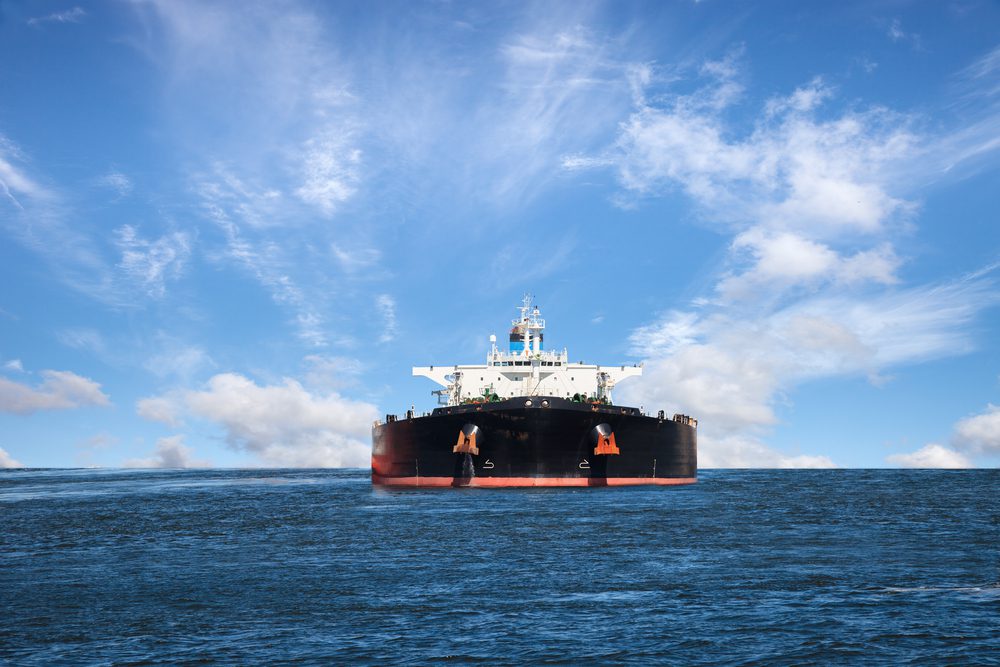Major Cocaine Bust: UK Border Force Seizes Record Shipment at London Gateway
In one of the UK’s largest drug seizures of the past decade, UK Border Force officers have seized cocaine with an estimated street value of £96 million (USD 130 million)...

By Naomi Christie and Manisha Jha
(Bloomberg) — Oil tanker rates soared to the highest in seven years amid an acceleration in the number of bookings and signs that the ships are being delayed when unloading due to a lack of space in on-land storage tanks.
Day rates for 2 million-barrel carrying ships sailing to Japan from Saudi Arabia, the industry’s benchmark route, surged to $111,359, the highest since July 2008, according to the Baltic Exchange in London. The Organization of Petroleum Exporting Countries is helping to keep the world flooded with oil by persisting with a strategy of defending its share of the global crude market, rather than propping up prices. It meets Friday to discuss that policy.
Oil tankers are increasingly having to store cargoes while they wait for space to clear in on-land storage tanks that are too full, according to Erik Nikolai Stavseth, a shipping analyst at Arctic Securities ASA in Oslo. Vessels able to hold more than 100 million barrels of crude were waiting days or weeks at a time off the coasts of oil consuming countries in mid-November, vessel-tracking data compiled by Bloomberg show.
“We’ve seen the number of vessels for storage move higher,” Stavseth said. “There have been several reports of congestion in Chinese ports” while the flow of cargoes being transported toward the U.S. Gulf is also rising, employing a growing number of vessels, he said.
Rates measured in the industry’s Worldscale pricing system jumped 6.7 percent to 91.18 points on the Saudi to Japan route, the highest since at least the start of the year, according to the Baltic Exchange. The Worldscale mechanism helps oil companies calculate and negotiate dollars-per-ton freight costs on thousands of different trade routes.
The number of available ships is shrinking as a result of extra cargoes. There will be 12 percent more tankers than cargoes in the next four weeks for loading in the Persian Gulf, according to a Dec. 1 Bloomberg survey of owners and brokers involved in the trade. That’s the smallest excess in seven weeks.
Part of the rates surge is because of increased shipments going into winter, said Per Mansson, a shipbroker at Affinity Shipping LLP in London, who’s worked in the industry for more than four decades.
“When the market has been high and there is a thin balance of vessels available, even a small spark in activity can lead to a spike in rates,” said Eirik Haavaldsen, an analyst at Pareto Securities ASA in Oslo.
©2015 Bloomberg News

Sign up for gCaptain’s newsletter and never miss an update

Subscribe to gCaptain Daily and stay informed with the latest global maritime and offshore news


Stay informed with the latest maritime and offshore news, delivered daily straight to your inbox
Essential news coupled with the finest maritime content sourced from across the globe.
Sign Up